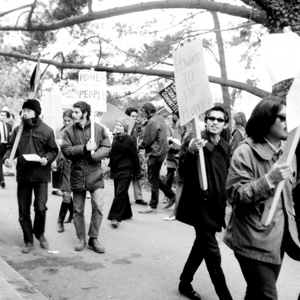
Despite the wide use of the term Asian American, many in those communities refuse to identify with it.
Many in the larger society only think of East Asians (Chinese, Japanese, Koreans) when talking about Asian Americans, and as a result, Indian Americans, Filipino Americans and Southeast Asians, can feel excluded.
The term Asian Americans has also caused many of the 30 or so subgroups within the Asian American identity to be forgotten.
The Daily Nexus reports Associate Professor of Sociology at Indiana University Dina Okamoto gave a talk about the Asian American identity throughout history at the University of California at Santa Barbara.
The term Asian American emerged in 1968 .
“Before 1968, the legal identity of Asian Americans was divided, with representatives from China, Japan, Korea,” Okamoto said. “They didn’t form alliances — instead they formed their own separate ethnic communities with their own systems of social assistance and support, and at times they intentionally distinguished themselves from one another.”
Different languages, cultural traditions and even animosity from past wars contributed to this divide. Okamoto said this began to change when Asian Americans wanted to get involved in the Black power movement, the anti-war movement, and protests at UC Berkeley and San Francisco State for ethnic studies.
“Asian American students and community activists began to realize their unique position and perspective, and they created an identity that encompassed all Asian origin groups,” Okamoto said. “They rejected the label ‘oriental’ because it represented the European colonialist view and instead adopted the identity of Asian American.”
You can read about the goals of this pan ethnic identity and reaction to Okamoto’s talk in the Daily Nexus .

